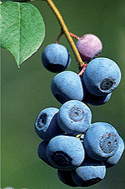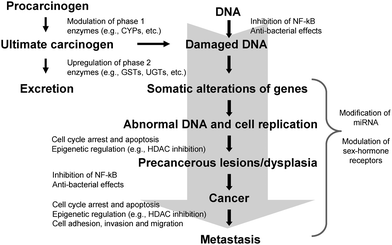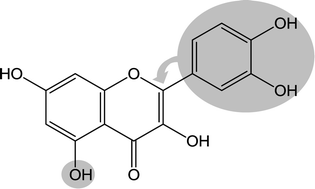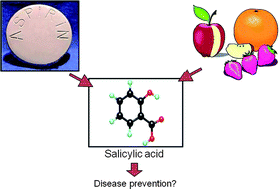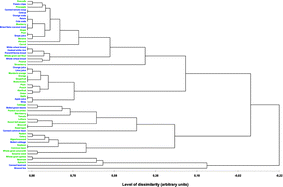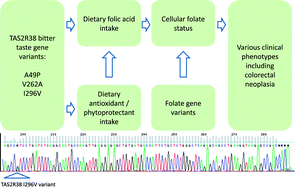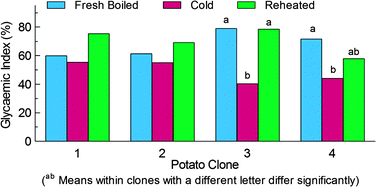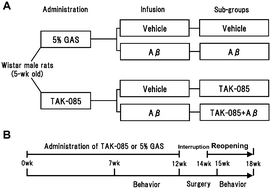Scientists in Israel have evaluated the literature surrounding oral food delivery systems. These delivery systems are used to protect foods enriched with bioactive ingredients as they pass through the gastrointestinal tract (GIT) and provide controlled targeted release of active compounds to the appropriate site.
In their review piece, Uri Lesmes and co-workers discuss carbohydrate-, protein- and lipid-based delivery systems and evaluate their benefits and limitations. It is highlighted that food grade delivery systems need to address the variety of physical and chemical processes of the human GIT by adopting a cutting edge pharmacological approach. Establishing structure–function relationships of food delivery systems and coping with the complexity of the digestive process are key factors for utilising the full potential of food delivery systems.
To view the full review article for free, please click below:
Development of oral food-grade delivery systems: Current knowledge and future challenges
Revital Cohen Benshitrit, Carmit Shani Levi, Sharon Levi, Eyal Shimoni and Uri Lesmes
Food Funct., 2011, DOI: 10.1039/c1fo10068h












